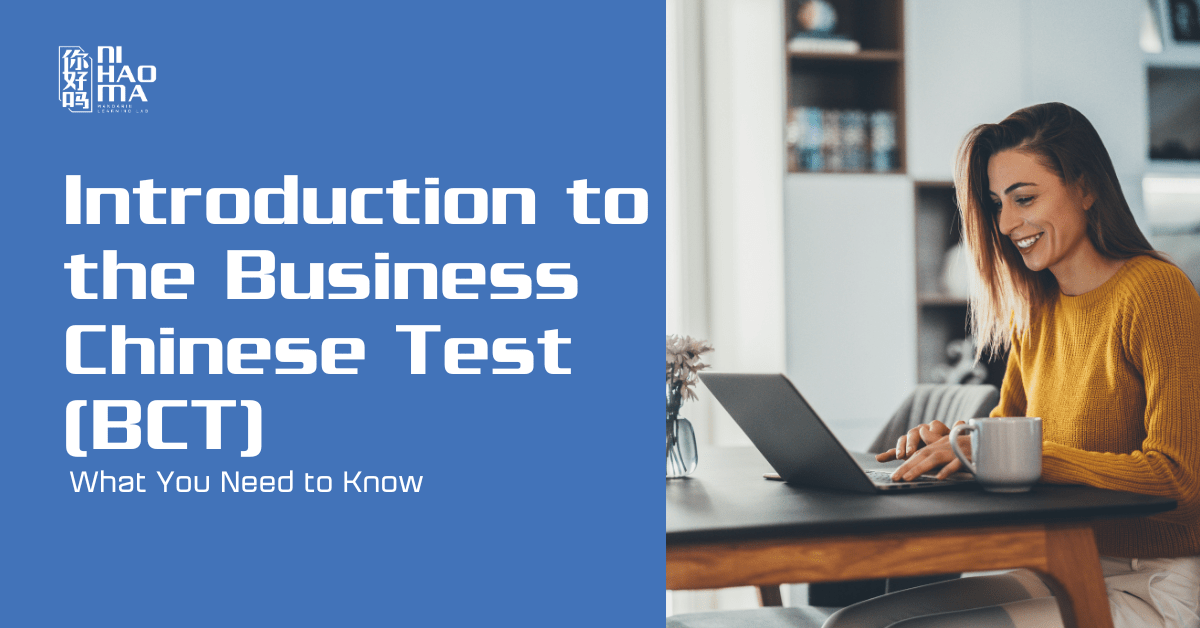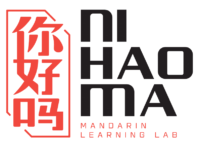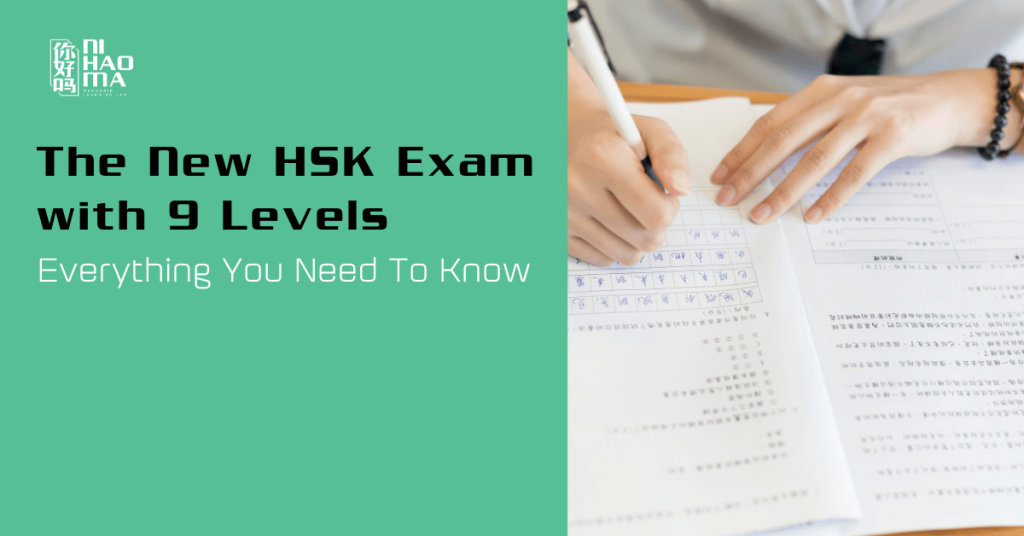Do you dream of proficiently speaking Mandarin to enhance career opportunities and facilitate smoother interactions with Chinese-speaking partners, clients, and colleagues? The Business Chinese Test (BCT) can be your passport to success.
In this article, Ni Hao Ma will equip you with the knowledge you need to understand the BCT – its levels, formats, and scoring system – and pave your path to achieving your desired score.

What is Business Chinese Test (BCT)?
The Business Chinese Test (BCT) is an internationally recognized exam designed to assess the Mandarin proficiency of non-native speakers in a business context. Tailored for professionals who engage in business activities in Mandarin-speaking environments, the BCT evaluates practical language skills necessary for real-world business communications.
Developed by Peking University and administered by Hanban, the BCT (Business Chinese Test) is a standardized assessment tool specifically designed to measure your proficiency in Mandarin Chinese for business communication.
The BCT encompasses two exams, BCT A and BCT B, catering to a range of business language needs. BCT A focuses on Levels 1-3, targeting foundational business communication skills. BCT B delves deeper, assessing proficiency at Levels 4 and 5, equipping you to handle more complex business scenarios.
A strong performance on the BCT can open doors and validate your business language skills. The test is structured to reflect common scenarios encountered in business, making it an essential tool for individuals seeking to enhance their career prospects in the global market. However, navigating the intricacies of the exam and achieving your desired score requires a clear understanding of its structure, formats, and scoring system.
What are the Benefits of Understanding the BCT Structure?
While dedication and solid language skills are key to success, understanding the BCT structure offers several advantages:
- Targeted Preparation: By knowing the specific BCT levels and their corresponding competencies, you can tailor your study materials and focus your efforts on areas that require the most attention.
- Test Format Familiarity: Familiarity with the BCT formats, including the types of questions and tasks in each section, can significantly reduce test anxiety and allow you to approach the exam with confidence.
- Score Interpretation: Knowledge of the scoring system helps you decode your results and identify your strengths and weaknesses for future improvement.
How many Levels are in the BCT?
The BCT is divided into three main proficiency levels: BCT A, BCT B, and Oral iBT. Each level caters to a range of business communication needs. Unlike the HSK exam, the BCT does not have a designated passing grade. Instead, test takers receive a report detailing their scores and the corresponding proficiency level.
How is the BCT Structured?
Each BCT level (A and B) comprises three core sections: Listening, Reading, and Writing. BCT B additionally includes a Speaking section (evaluated through the BCT (Oral) iBT). Here’s a detailed breakdown of each section:
- Listening: This section tests the ability to understand spoken Mandarin in various business contexts. It includes conversations, announcements, and discussions typically encountered in a professional environment.
- Format: Audio recordings of business conversations, lectures, or presentations.
- Question Types: Multiple choice, true/false, fill-in-the-blank, matching, identifying main ideas, and summarizing key points.
- Time Allocation: Approximately 20-30 minutes (varies slightly by level).
- Reading: The reading section assesses the ability to comprehend written Chinese materials, such as emails, reports, and business documents. Questions may involve multiple-choice, true/false, or short-answer formats
- Format: Business-related texts like emails, reports, advertisements, or news articles.
- Question Types: Multiple choice, true/false, matching, summarizing key information, identifying arguments and conclusions, understanding graphs and charts.
- Time Allocation: Approximately 30-40 minutes (varies slightly by level).
- Writing: This section evaluates the ability to produce written Mandarin, requiring candidates to draft emails, reports, and other business-related texts. It tests grammar, vocabulary, and the ability to convey information clearly and effectively.
- Format: BCT A – Writing short emails, notes, and messages. BCT B – Writing business letters, reports, and summaries.
- Task Requirements: Demonstrating ability to express ideas clearly, using appropriate business vocabulary and sentence structures, and maintaining a formal and professional tone.
- Time Allocation: Approximately 40-50 minutes (varies slightly by level).
- Speaking (BCT (Oral) iBT): The speaking section assesses oral proficiency in business scenarios. Test-takers might engage in role-plays, present on given topics, or answer questions to demonstrate their speaking skills.
- Format: Computer-based delivery of questions and topics. The test taker records their responses using a headset.
- Task Requirements: Responding to questions, engaging in simulated conversations, delivering presentations, expressing opinions, and negotiating solutions related to business scenarios.
- Time Allocation: Approximately 20-30 minutes.
What Score Do I Need to Pass?
The BCT utilizes a scoring system that assigns points to each section and then aggregates them for a total score. Each BCT level has its own grading scale:
Scoring Criteria:
- Accuracy and fluency in language use.
- Appropriateness of vocabulary and grammar.
- Ability to understand and respond to business-related content.
Grading Scale:
Scores range from 0 to 100 for each section.
Combined scores provide an overall proficiency level.
Unlike some exams, the BCT doesn’t have a single “passing score.” Instead, you’ll receive a detailed score report within a month (though timelines may vary depending on location). This report breaks down your performance in each skill (Listening, Reading, Writing) and your overall score. Most importantly, it provides a clear description of your current business Mandarin capabilities based on your score range.
Here’s how the scoring system works:
- BCT A and BCT B: The maximum total score is 300. This score is then translated into a proficiency band (e.g., beginner, intermediate, advanced) on your report.
- BCT (Oral) iBT: The maximum total score is 500. Similar to BCT A and B, your score translates into a proficiency band reflecting your spoken business Mandarin ability.
This approach allows you to better understand your strengths and weaknesses in each communication skill, providing valuable insights for your ongoing language learning journey.
FAQs
Q: Where can I practice BCT?
You can download past papers for both BCT A and BCT B directly from the LSE website.
Once you’re on the website, select “BCT test sample” from the dropdown list. You’ll then be able to choose the specific BCT level (A or B) and download the desired exam paper.
Practicing with past papers is a fantastic way to:
- Familiarize yourself with the BCT format and question types.
- Test your knowledge and identify areas that require further study.
- Develop effective test-taking strategies and improve your time management skills.
- By incorporating past papers into your BCT preparation routine, you can gain valuable experience and approach the exam with confidence.
Q: Where can I register for the BCT?
- Check the BCT Schedule and Locations: Visit the official website to access the most up-to-date schedule of testing dates and locations. This will help you plan your exam effectively.
- Choose Your Registration Method:
- Online Registration: In many cases, you can register conveniently online through the official BCT website. However, it’s crucial to note that online registration might be handled by individual test centers.
- In-Person Registration: If online registration isn’t available for your chosen test center, visit the center in person to complete the registration process.
Important Reminders:
- Registration Fee: The test fee can vary depending on the location you choose. Be sure to confirm the fee beforehand.
- Registration Ticket: Keep your registration ticket safe for future reference, as it might be required for exam day or result inquiries.
- Contact Your Local Test Center: For the most accurate and up-to-date information regarding registration procedures and requirements, it’s always best to contact your chosen test center directly.
By following these steps and staying informed, you can ensure a smooth BCT registration process and confidently approach your exam date.
Your BCT Success Story Awaits
The Business Chinese Test (BCT) opens doors to exciting career opportunities in the global business landscape. By understanding the BCT structure, levels, formats, and scoring system of the BCT, you can confidently approach the BCT and demonstrate your proficiency in Mandarin business communication. Take the first step towards success and start your BCT journey today!
Remember, Ni Hao Ma Mandarin Learning Lab is here to support your BCT preparation! Besides the official BCT course, we offer personalized tutoring, guided by certified native teachers to accompany you. Contact Ni Hao Ma today and unlock your potential in Business Mandarin!



